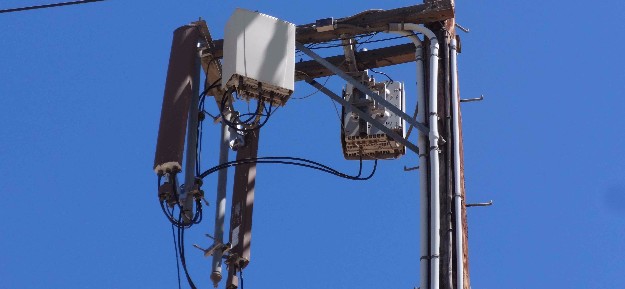FCC hands high tech a victory over low transportation bureaucracy

On Wednesday, the lame duck Federal Communications Commission reassigned 45 MHz of automotive spectrum in the crowded 5.8/5.9 GHz band for WiFi and other unlicensed uses, including transportation applications. It’s a long overdue decision – I’ve been following the debate since the Obama administration – and a welcome one for two reasons: unlicensed spectrum is the lifeblood of consumer connectivity, and it marks a victory for 21st century technology over 19th century bureaucracy and 20th century political payoffs.… More



![By Anders [Public domain], from Wikimedia Commons](https://i0.wp.com/www.tellusventure.com/images/2018/11/cell_phone_evolution_625.jpg?resize=625%2C423&ssl=1)





